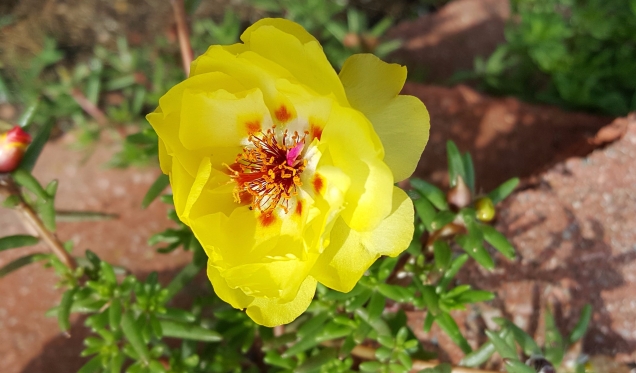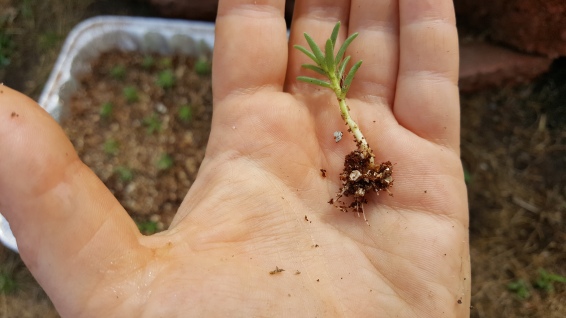It’s been a week since my last post and I’m still thinking about salt. Salt mines. Road salt. Sea salt. Waking up in the middle of night and drinking several glasses of water because dinner was too salty. (You also can’t make a batch of lactofermented pickles without some salt.)

I was disappointed to find out that the salt mines under Detroit are not open to the public for tours. However, if you head to Hutchinson, KS (also home to the Kansas
Cosmophere), you can check out the tours at Strataca: The Kansas Underground Salt Museum. These Wellington formation salt deposits are the remnants of another inland sea that once covered part of Kansas 275 million year ago during the Permian Era.
I remember learning in 6th grade social studies that salt was a major trade item in the kingdoms of ancient Africa. Check out this National Geographic video from Taoudenni, Mali of salt mining and transportation, similar to the process that took place hundreds of years ago. The workers cut slabs of salt from the beds, which traders load onto camel caravans to transport across the desert to Timbuktu.

The Taoudenni salt deposits are relatively recent Holocene (geologically speaking). Lakes covered this area about 9000-4000 years ago. As the climate changed, the lakes eventually evaporated, leaving salt deposits behind.
To produce sea salt, harvestersevaporate seawater in shallow ponds. (Technically, mined salt is also sea salt, from sea water that evaporated a really long time ago.) Various dissolved salts precipitate (crystallize) out of seawater at different rates.

One of the challenges of producing modern sea salt is the presence of microplastics left behind by evaporating seawater. Karami et al (2017) tested 17 commercially produced sea salts from 8 countries for microplastic particles. These tiny bits of plastic wash out in our laundry wastewater, or photodegrade from larger pieces of plastic floating around in the ocean. Eventually, ocean circulation brings those tiny plastic bits to even remote locations (like the very bottom of the ocean). From the report, “Due to their low density and slow degradation, plastics are becoming the chief cross-border contaminant that often travels far from their original source. Hence, [microplastics] found in the salt samples of one country could have been produced by another country thousands of miles away. ”
For more about microplastics pollution, check out my posts here and here.








































